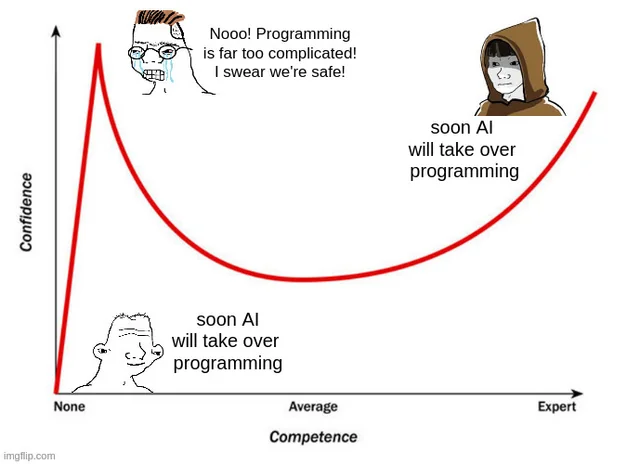An Introduction to EDI: Streamlining Connections in the B2B Landscape

In today’s interconnected digital landscape, businesses are constantly seeking innovative ways to streamline their operations and enhance efficiency. Electronic Data Interchange (EDI) stands out as a crucial technology that facilitates seamless data exchange between different organizations.
What is EDI?

Electronic Data Interchange (EDI) is a set of standards and protocols that enable the electronic exchange of structured business documents between different organizations. These documents could include invoices, purchase orders, shipping notices, and more. EDI replaces traditional email/fax/paper-based methods, providing a more efficient and accurate means of communication between trading partners.
History of EDI
The roots of EDI trace back to the 1960s when businesses started exploring ways to automate the exchange of business documents. Over the years, EDI evolved from basic point-to-point communication to sophisticated networks, and today, it plays a pivotal role in global supply chains.

EDI vs. API
When we compare EDI and APIs, while both EDI and APIs facilitate data exchange, they differ in their approach. EDI relies on standardized formats for document exchange, making it suitable for large-scale, structured data transactions. APIs, on the other hand, offer more flexibility and are preferred for real-time, dynamic data exchange. The choice between EDI and APIs depends on the specific requirements of the business.

EDI Types
There are different types of EDI, each catering to specific business needs:
1. Direct EDI: Involves a direct connection between trading partners for data exchange.
- Point-to-Point: A direct, dedicated link between two trading partners for EDI document exchange, often utilizing a secure network.
- AS2 (Applicability Statement 2): Utilizes the AS2 protocol for secure and authenticated EDI communication over the Internet.
- VAN (Value-Added Network) : Establishes a direct link to a VAN provider for EDI transmission, bypassing intermediary networks.
- FTP (File Transfer Protocol) : Trading partners connect directly using FTP to transfer EDI files securely over the Internet.
2. Web EDI: Web EDI is simply conducting EDI through an Internet browser. It replicates paper-based documents as a web form. The form will contain fields where users can enter information. Once all the relevant information is added, it is automatically converted into an EDI message and sent via secure Internet protocols such as FTPS, HTTPS or AS2.
3. Mobile EDI: Allow sending and receiving EDI documents right from your smartphone/mobile device.
EDI Standards
EDI standards define the formats and structures for electronic document exchange. Some prominent standards include:
1. UN/EDIFACT (United Nations/Electronic Data Interchange For Administration, Commerce, And Transport): A global standard developed by the United Nations, UN/EDIFACT is widely utilized in international business. Its comprehensive set of standards spans various industries and facilitates interoperability on a global scale.
2. ANSI ASC X12 (American National Standards Institute Accredited Standards Committee X12): A stalwart in North America, X12 standards, accredited by the American National Standards Institute, cover a broad spectrum of industries and business processes. From retail to healthcare and manufacturing, ANSI ASC X12 plays a pivotal role in standardizing electronic communication.
Other notable standards include:
EANCOM: Developed by GS1, used in retail.
VICS: Applied in the US retail industry for supply chain efficiency.
ODETTE: Common in the European automotive sector.
Tradacoms: Standard for the UK retail industry.
VDA: Employed in the German automotive industry.
HIPAA: Specific to healthcare in the US.
RosettaNet: Standards for high-tech and electronic components.
SWIFT: Widely used in the financial industry for secure and standardized financial message exchange.
Example of an EDI File
Here’s a simplified example of an EDI file for better understanding:
ISA*00* *00* *ZZ*SENDERID *ZZ*RECEIVERID *200219*1200*U*00401*000000001*0*T*>
GS*PO*SENDERID*RECEIVERID*20220219*1200*1*X*004010
ST*850*0001
BEG*00*SA*123456789**20220219
N1*ST*BUYERCOMPANY
N3*123 MAIN STREET
N4*ANYTOWN*NY*12345*USA
PO1*1*10*EA*24.92*BP*IN*123456789
CTT*1
SE*9*0001
GE*1*1
IEA*1*000000001This is a Purchase Order (850) EDI document. It contains information such as sender and receiver IDs, transaction date, item details, and total transaction segments. Each segment is delimited by asterisks (*) and follows a predefined structure according to the EDI standard used.
Stay tuned for the second part of our EDI journey, where we’ll explore the ins and outs of implementing EDI in your business. Until then, Happy exchanging!








